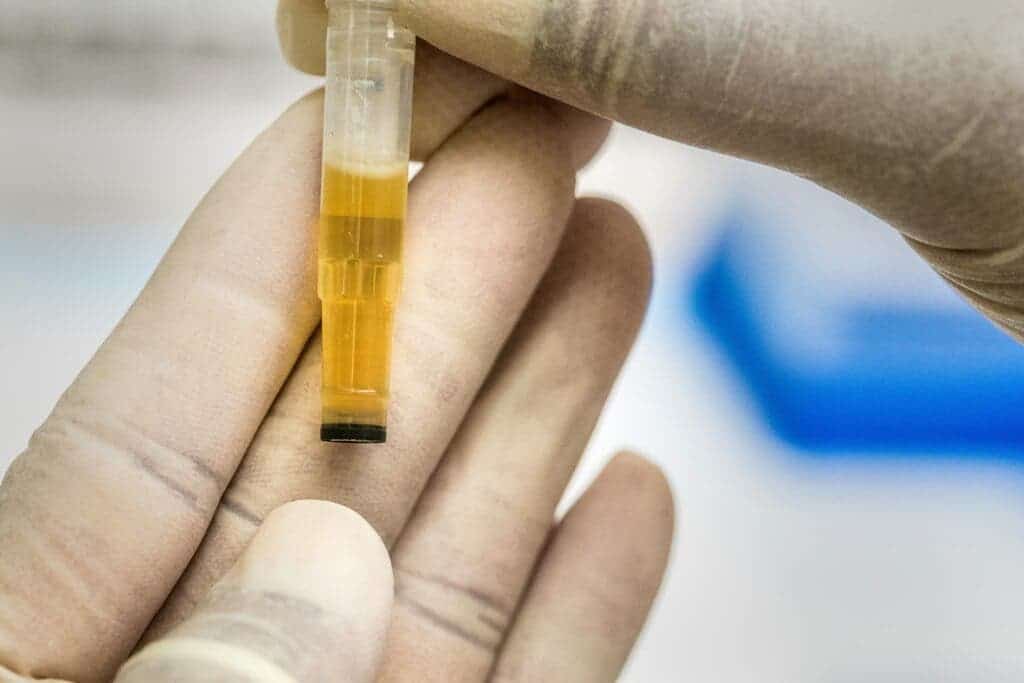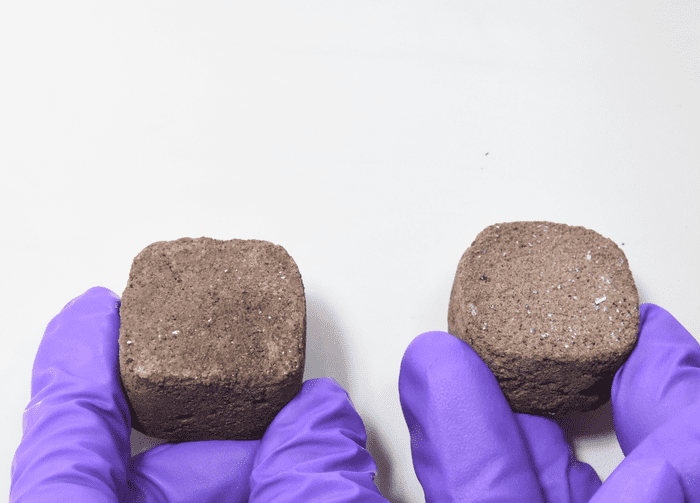What construction material could human settlers use to establish a Martian colony? According to a team of researchers from the Indian Institute of Science (IISC), the answer to this question is bricks made of human urine, some bacteria, and martian soil.
With some help from the Indian Space Research Organization (ISRO), the scientists at IISC have come up with a highly sustainable method to make bricks on Mars. The brick-making method proposed by the researchers is a type of in-situ resource utilization (ISRU) practice. This means that scientists would primarily use the resources available on Mars to make the bricks, rather than shipping materials from Earth via spacecraft.
How the space bricks are made?
The astronauts working at the International Space Station (ISS) are only 430 km (about 267 miles) away from us in space but to continue their operations and research, they need a regular supply of rations, equipment, water, and other vital supplies from Earth. However, if we are planning to live on Mars, which is located at a distance of at least 54.5 million km (33.9 million miles) from our planet, we cannot rely on supplies from Earth.
Imagine you need to build stuff on Mars and every time you start a construction project you are importing bricks and cement from Earth. Does that sound practical? Sending only one pound of material to Earth’s low-orbit costs around $10,000, and the costs for sending materials to Mars could be at least an order of magnitude higher.
The researchers at IISC realized that in order to construct human settlement projects on Mars, we would need to ensure the availability of construction materials like bricks on-site at Mars. To present a solution to this problem they performed an interesting experiment.
The researchers mixed martian soil with materials like nickel chloride, guar gum, urea, and a bacterium belonging to the species Sporosarcina pasteurii. The mix soon turned into a slurry that could be molded to form bricks of any shape. The bacterium has properties that solidify sand in the presence of urea and a calcium-containing substance.
The bacteria also secreted biopolymers that increased the bonding between martian soil particles and decreased the porosity of the bricks. Surprisingly, using this simple method, scientists managed to develop strong bricks out of martian-like soil that could be used in the construction of monuments, buildings, and various other structures on Mars.
“The bacteria seep deep into the pore spaces, using their own proteins to bind the particles together, decreasing porosity and leading to stronger bricks,” said Aloke Kumar, senior author and associate professor in the Department of Mechanical Engineering at IISc.
A sustainable and cost-effective solution
Apart from being strong, the urea bricks are also being seen as a sustainable and economical solution as they can be made from materials that can be easily made available on Mars. For instance, urea required for the slurry formation can be obtained from human urine. The bricks were developed in collaboration with ISRO, a space agency well-known for the development of highly advanced and cost-efficient space innovations.

In 2014, India’s ISRO became the first space agency from Asia to establish a probe, named ‘Mangalyaan’, in the martian orbit in its first attempt. Interestingly, the overall budget of ISRO’s first Mars mission was only $75 million. For comparison, NASA spent $671 million on the MAVEN Mars orbiter launched in 2013. The urea bricks seem like another cost-effective and promising innovation from ISRO.
Previously, the researchers at IISC and ISRO also tried to create lunar bricks using a similar method involving urea, guar beans, and some microorganisms. However, only cylindrical bricks could be made from the slurry prepared at that time. Another challenge that researchers faced during their previous attempts was the toxic nature of martian soil that inhibited bacterial growth in the slurry (which is necessary for the solidification of the bricks). The additions of Nickel Chloride (NiCl2) solved this problem.
“Martian soil contains a lot of iron, which causes toxicity to organisms. In the beginning, our bacteria did not grow at all. Adding nickel chloride was the key step in making the soil hospitable to the bacteria,” the researcher notes.
The next step for martian bricks
Aloke Kumar and his colleagues now look forward to producing the martian bricks using their bacteria-driven method in the martian environment. However, they don’t need to wait until ISRO announces a crewed mission to Mars to do that. The researchers have developed Martian AtmospheRe Simulator (MARS), a device that can create Mars-like conditions in a chamber.
MARS would be used to test if the Sporosarcina bacteria could perform well in the martian atmosphere that is affected by conditions like lower gravity and high CO2 levels.
The study was published in the journal PLOS ONE.







